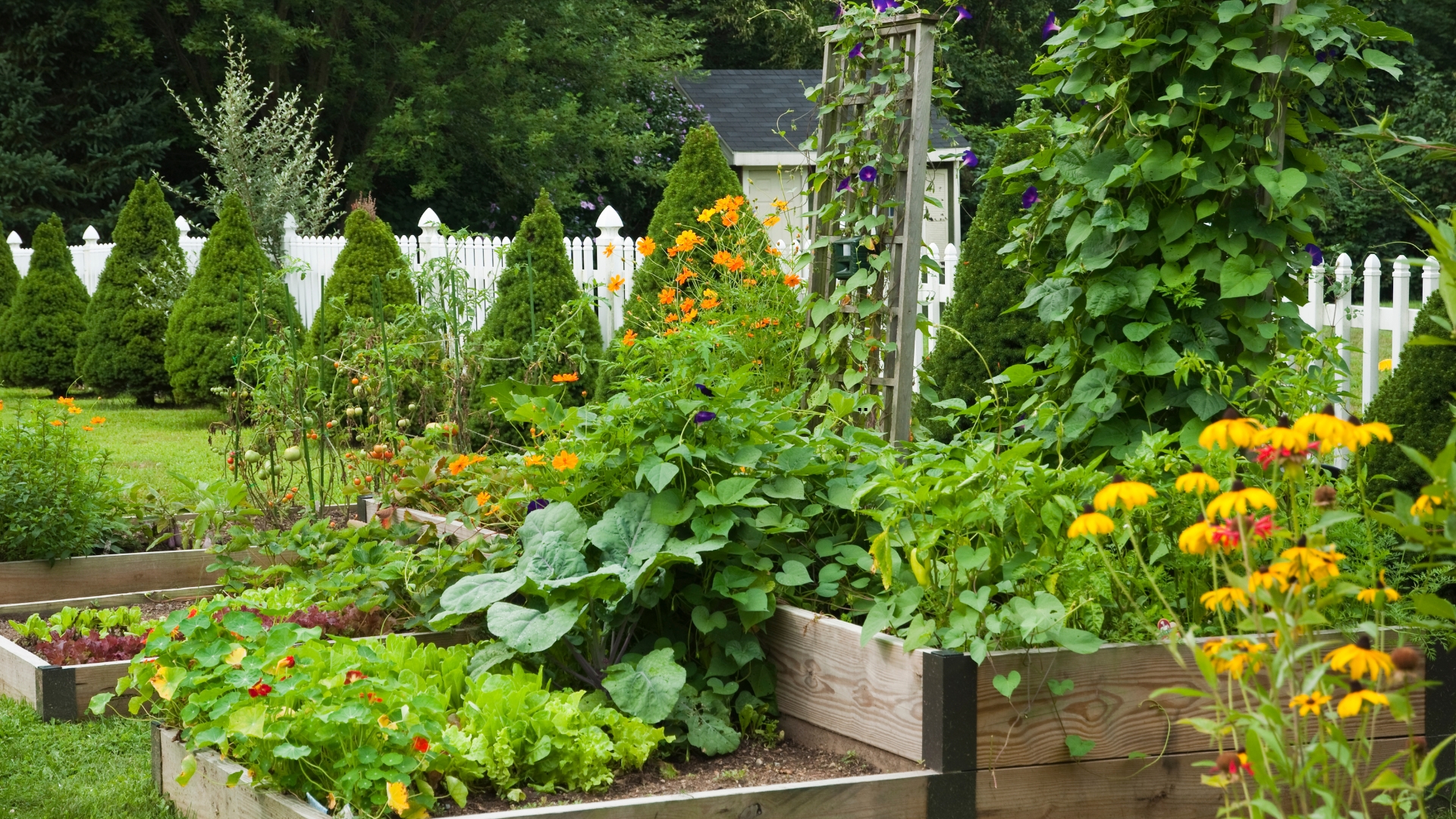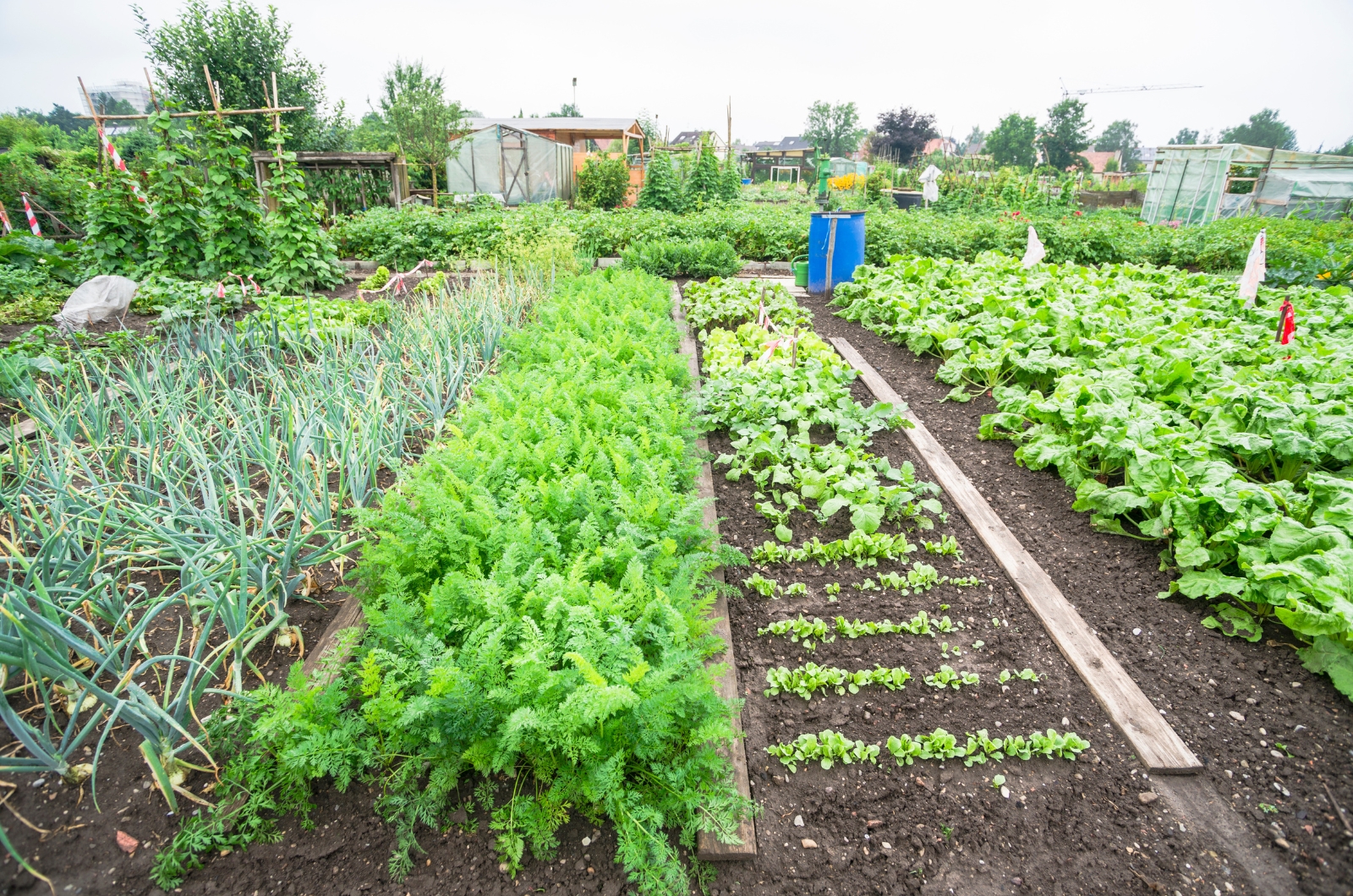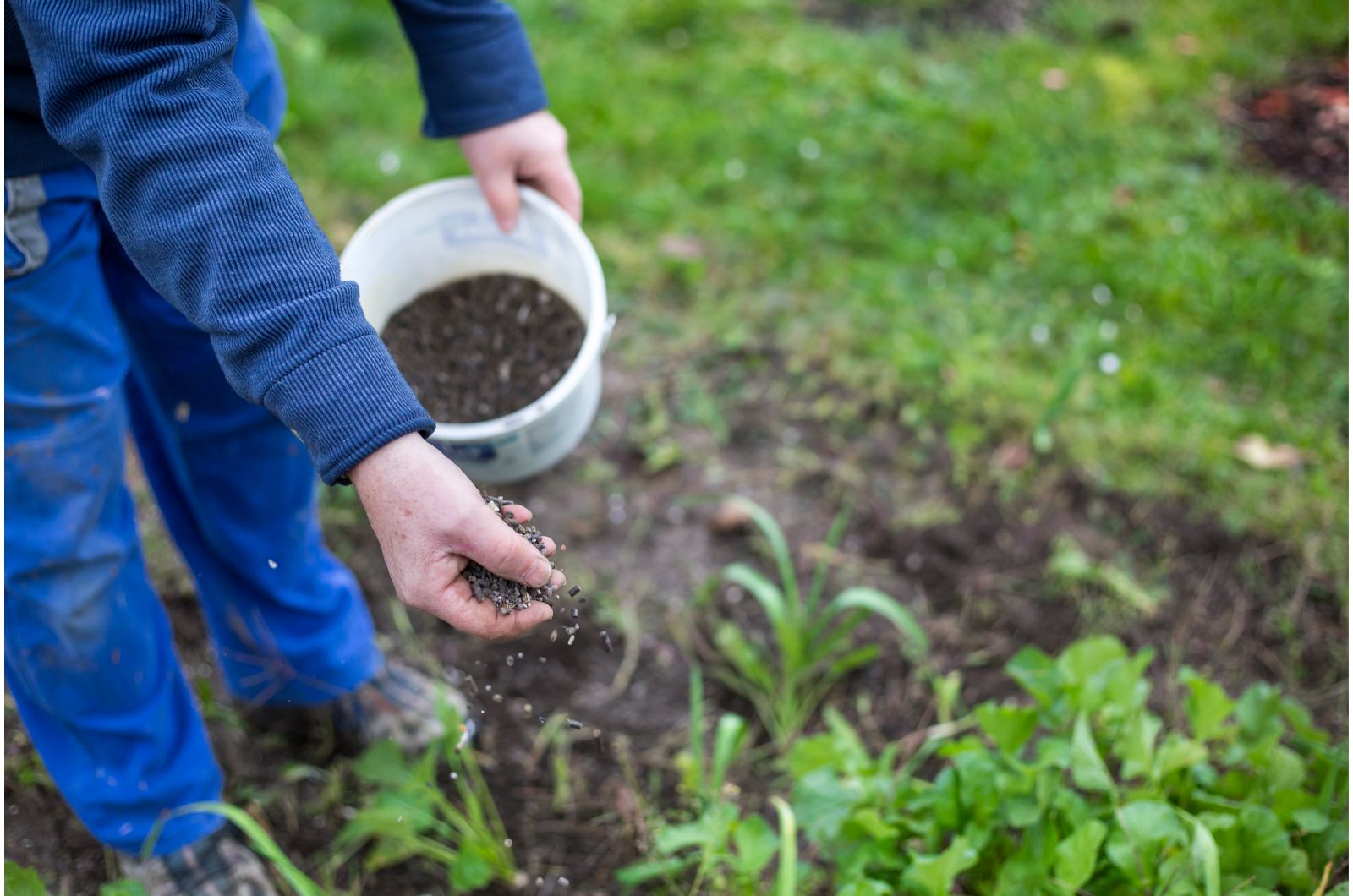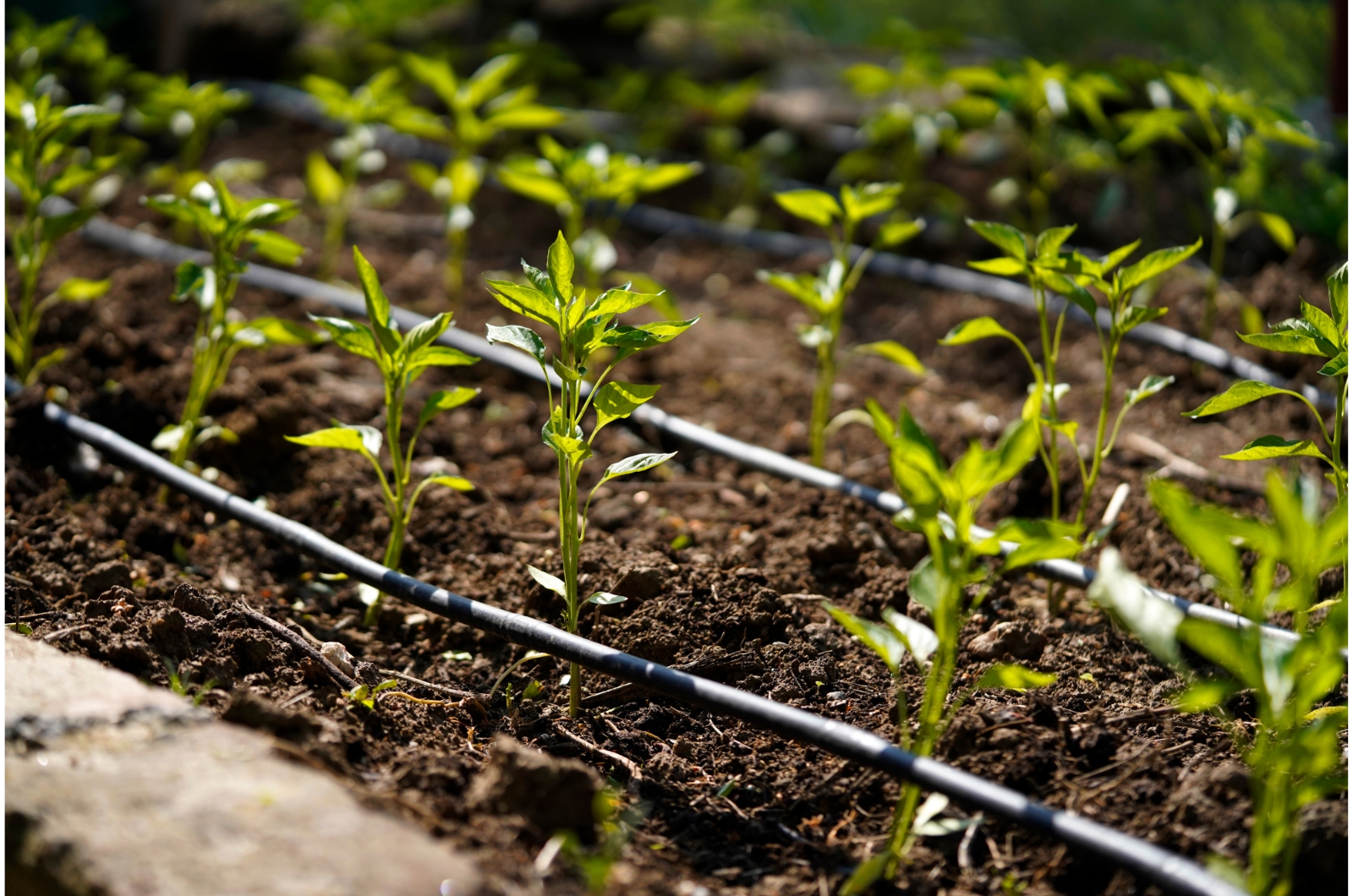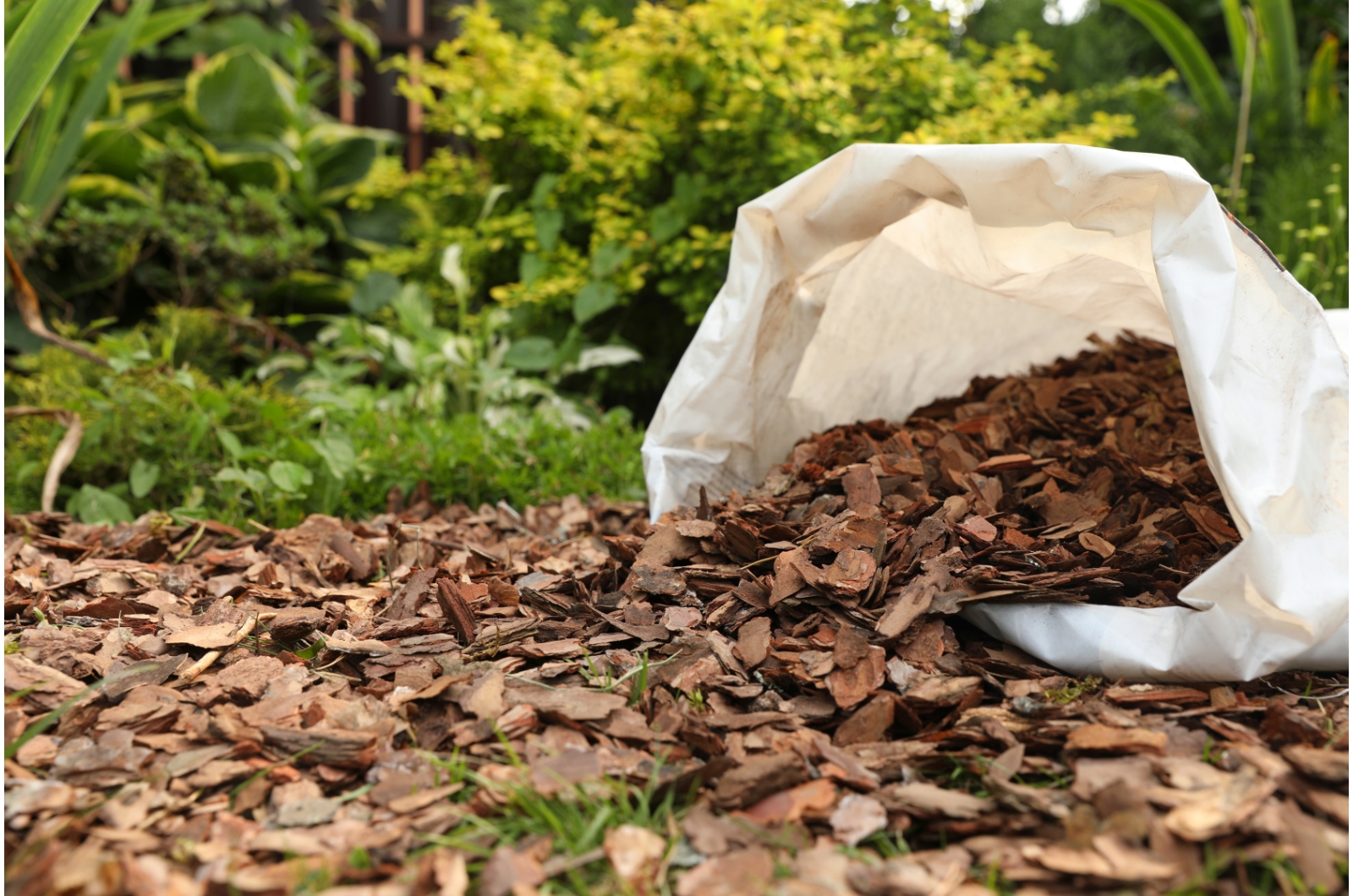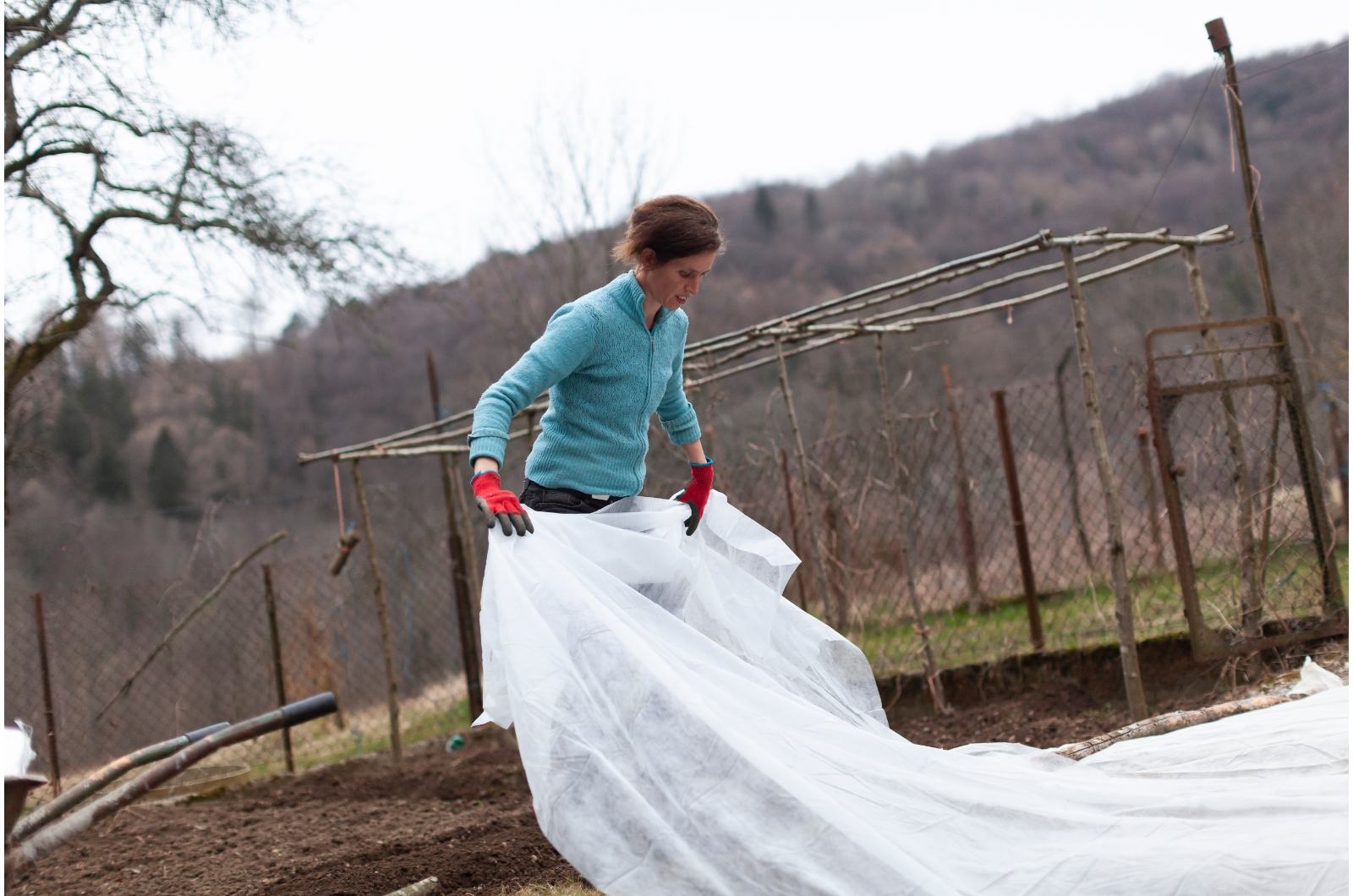June is here! Our spring chores in the garden are all completed, and some of you may now think they can rest a little. Well, June isn’t the right time for rest because your prized plants need you, some more than ever!
I like to think of this period as a chance to increase the harvest as much as possible. And these 5 gardening tasks can definitely help with it.
So, what do you say? Do you want the best season so far? Since I already know the answer, let’s dive straight in!
1. Walk Through Your Garden Regularly!
Wait, what? Aren’t we all walking through our gardens to admire the new growth of our plants all the time? But that’s not exactly what I’m talking about.
You need to establish a walkthrough routine around your garden, no matter its size. I typically take 5-minute long walks every morning and evening, except on weekends, when I can take even more walks!
If you are a coffee person and never skip a cup before work, take it with you and kill two birds with one stone!
So, what’s the point of all these walks, and what do you get from a walkthrough routine?
✔️ Spotting pests in time.
✔️ Noticing plant’s nutrient deficiencies.
✔️ Catching diseases in their early stages of development.
Even if you aren’t an expert gardener, you already know that every problem on this list can destroy your plants if you don’t react in time.
When it comes to gardening, 3 days is actually a lot because two aphids can turn into a thousand.
Therefore, if you spot any discoloration or deformation of plants during your walk, react immediately so that it doesn’t have time to progress.
2. Give Your Plants A Nutrient Boost
Every gardener has some kind of fertilizing routine, and the first round is applied in early spring, right after transplantation or sowing the seeds.
This is, of course, a good approach, but you shouldn’t stop feeding your prized plants after it. You can’t feed them just once during the summer.
Remember that your plants need a lot of energy to grow in this period and temperatures will increase soon, which will stress the plants.
This is especially important for plants grown in containers or grow bags. They can’t really absorb nutrients from the soil like in-ground grown plants, so they’ll need our help.
I grow tomatoes in grow bags and I feed them approximately every 10 days.
Rain can wash nutrients away quickly, so you can fertilize even more frequently if you live in rainy regions.
If your plants are grown directly in the soil, I recommend feeding them every two weeks.
There are different types of fertilizers you can use but I always stick to organic, all-purpose fertilizers. My plants enjoy it!
3. Drip Irrigation System Is A Game Changer!
Ok, I know what some of you may be thinking: drip irrigations are expensive and installing them takes a lot of time.
This is true but we should think of it as something that will prove beneficial in the long run.
Your water bills may be tolerable in spring but as soon as summer arrives, they’ll increase drastically.
As an added bonus, you don’t need to drag yourself out in the heat of the summer and painstakingly water the plants. An automated drip irrigation system will do all the work for you!
June is the perfect time to install it and ensure all your plants stay hydrated during warm weather without you doing any work!
4. Mulch, Mulch, And More Mulch
One of the most important gardening tasks, in general, is mulching your veggie garden. First, it adds organic matter back to the soil as it decomposes, which is great for the long-term health of your plants.
Second, mulch will help the growing substrate retain more moisture, so frequent watering will not be needed even during scorching summer days.
And third, this magic ingredient suppresses weed growth, which will save you a lot of trouble!
I guess you don’t need any more reasons to mulch your garden. Your next step is to choose the best mulch. Luckily, you have plenty of choices out there.
From my experience, any natural mulch will do a perfect job. Avoid stone mulches or dyed mulches because they’ll do more harm than good.
Shredded hardwood bark, pine bark nuggets, and wheat straw are just a few of the mulch types you can use in your garden.
My favorite mulch is grass clippings because I already mow my lawn and don’t use any herbicides.
5. Finish By Adding A Shade Cloth Over Your Plants To Save Them From Heat!
We’re all looking forward to warm temperatures but that can’t always be said for our veggies and fruits. You need to protect them from harsh sun rays, and a shade cloth is the best option.
Some may think that this step isn’t necessary for gardeners in warmer climates, but that’s simply not true.
Why? Well, cucumbers, squash, tomatoes, and eggplants aren’t really native to the US. In their natural tropical habitat these veggies grow under the canopy of tall trees, which means they don’t receive full sun.
We must plant them in full sun to encourage growth and fruit production before the first frost hits. But we want to protect them from scorching sun rays at the same time.
A shade cloth is the answer to achieving both.
If you live in cooler climates, you can wait for a couple more weeks before installing a shade cloth. For those of you in warmer states, such as Florida or California, this is a crucial June task!
Are you ready to take things to a whole new level in your garden and get the best harvest so far? All you need to do is check every task on this list!

